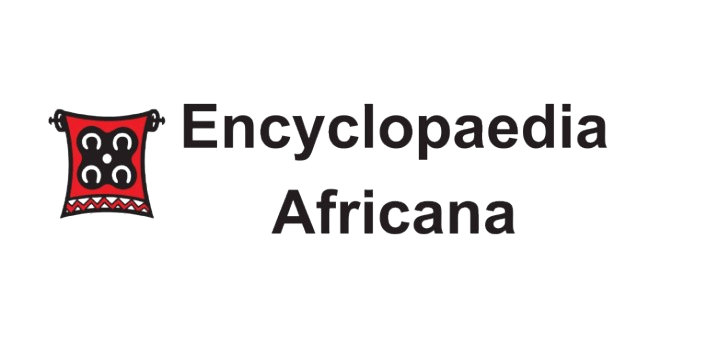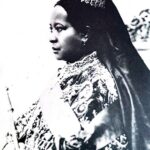EASMON, MCCORMACK CHARLES FARRELL
- 4 Min Read
McCormack Charles Farrell Easmon (April 11, 1890 – April 30, 1972) was a medical officer who for many years combated racial discrimination in the Sierra Leone medical services. Prominent in Sierra Leone’s public life, he played a major role in founding the Sierra Leone National Museum, of which he was the first curator.

The son of Dr. John Farrell Easmon and his wife Annette Kathleen, he was born in Accra, in the Gold Coast (now Ghana), a country in which his father was then working. At the time of his fathers death in 1900, ‘M.C.F.’ (as he was later to be affectionately called) was only 10 years old. From this time on his mother and his three aunts helped to shape his career.
He had begun his education at a school run by one of his aunts, Miss Emma Smith, with the help of another aunt, Mrs. Casely Hayford, wife of J.E. Casely Hayford, (1866-1930), founder of the National Congress of British West Africa. Later he studied at the Church Missionary Society (C.M.S.). Grammar school in Freetown. He was then sent to England where he attended St.Paul’s Preparatory School, Colet Court, London, from 1901-1903, and studied at Epsom College in Surrey from 1903-1907.
Winning two scholarships, he entered the Medical School of St Mary’s Hospital in London in 1907, graduating in medicine and surgery in 1912. In 1913 he passed the examination of the London School of Tropical Medicine.
He returned to Sierra Leone in 1913, but was refused a post in what was then called the West African medical service because he was of West African origin. At that time the regulations were that candidates should be of pure European descent. There were thus two categories of doctors – those in the “colonial” and those in the “local” service. Relegated to the second category, he was appointed Country Hospital Native Medical Officer. Meanwhile, because of his persistent efforts to change constitutionally the condition of service of African doctors, he was nicknamed the “Yellow Peril” by European officials.
During World War I he enlisted in the army, and served as a medical officer in the Cameroons. After the war, he once more went to England for postgraduate studies, and in 1925 was awarded a medical degree in obstetrics and gynaecology by London University.
Returning home he then served most of his working life in what was then Protectorate. He was posted to many different stations, and received a deep insight into, and developed a great admiration for, traditional life and culture. This enabled him to write many publications of a cultural and historical nature, the best known being The Sierra Leone Country Cloths, which he wrote for the Sierra Leone section of the British Empire Exhibition of 1924. He also published articles on medical subjects.
Meanwhile, in association with his colleagues in the “local” service he continued the fight against discrimination. His efforts over the years from 1912 to 1946 largely contributed towards the colonial administration’s final decision to unify the “colonial” and “local” services, after which all doctors were called “Medical Officers” irrespective of their racial origin. He retired in 1945 but was re-employed as a temporary medical officer in 1949, and in 1954 was awarded the order of the British Empire (O.B.E.) for meritorious service.
His public life was a varied one. He was keenly interested in education and served on various educational bodies. Being of Maroon descent, in 1947 he became chairman of the Nova Scotian and Maroons Descendants’ Association. He was also a member of a number of social and professional clubs. He was a member and then chairman of the Mining Wages Board in 1947, and chairman of the Maritime and Waterfront Wages Board in 1948. He became the local secretary of the Royal Society for Tropical Medicine and Hygiene in 1956. He also served as the first director of the Bank of Sierra Leone from 1963-1967.
Because of his keen interest and active participation in the Monuments and Relics Commission, which was founded in 1947, and of which he was chairman, he was given another nickname – “Ancient Easmon.”
He was a member of the Sierra Leone Society, and also of its sub-committee, which founded the Sierra Leone National Museum. The museum was opened on December 10, 1958, with Dr. Easmon as its first curator. Through his efforts, some 20 national monuments were declared and developed.
He was also a keen historian and contributed regularly to Sierra Leone Studies and other journals and magazines. He gave a series of broadcast talks entitled ‘Sierra Leone in Retrospect,” which dealt with such topics as the Maroons, Old Freetown buildings, and Freetown Street names.
In 1969, he went to England for a holiday, and fell ill. His health problems persisted, and he never again returned to Sierra Leone. He died in 1972 and was buried in England.
DOROTHY CUMMINGS




